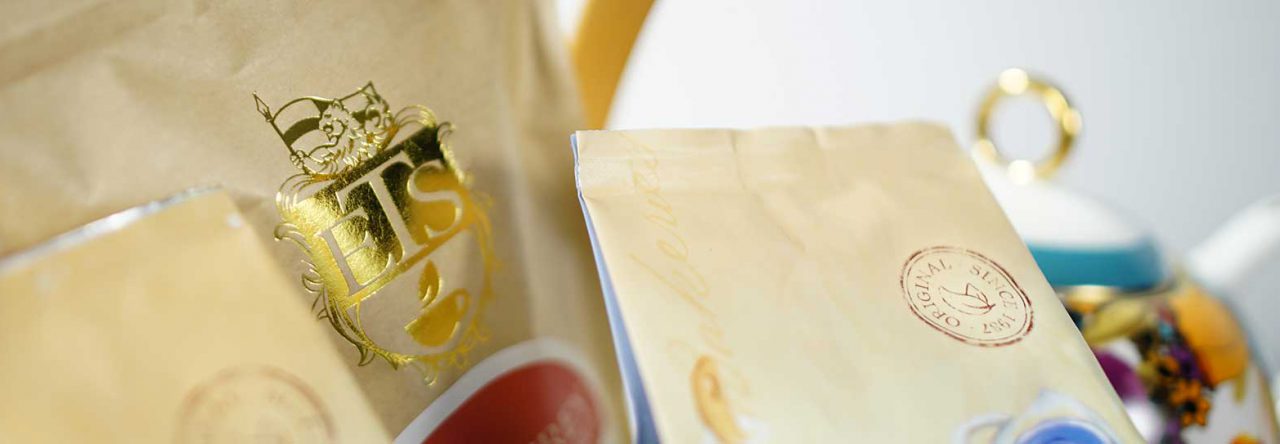Those of us with a decent education have heard of Marco Polo (also portrayed in a classic black-and-white movie by Gary Cooper in 1938). A French tea company has even named three special products after him (a scented black tea, a black tea blend, and rooibos herbal infusion). But how does he relate to tea? Time to find out!

Born in Venice, Italy on September 15, 1254, Marco Polo certainly didn’t grow up around people having tea time and tea rooms on every street corner. But knowledge of China was a household affair since his father was a merchant who traded with China, in fact, spending time in China. Young Marco was taught how to deal in foreign currency, how to appraise, and the handling of cargo ships. He met his father for the first time at the age of 15 in 1269 (he father had set out on a trading mission before he was born). Two years later he, his father, and his father’s brother traveled to Asia, with Marco documenting his adventures, and returning to Venice in 1295 at the ripe old age of 41. He, his father, and his uncle brought treasures with them. Their journey had spanned over 15,000 miles. Sadly, no one definitive account of his travels exists – there are several versions that contradict each other.
At this point, we can certainly conclude that Marco et al. had tea while in China. The beverage was enjoyed widely at that time with the most prized teas being reserved for the Emperor and his court (a practice that was made compulsory around 700 A.D. in the Tang Dynasty and lasted for about 1,000 years). Since the Polos were privy to that court, they certainly partook of tea then. They most likely did not get to bring any back with them, since their escape from China was just a fortunate opportunity that they took advantage of.
Teas reserved for the Chinese Emperor and court (also known as “tribute teas” or “gong cha”):
- Silver Needle style tea – the highest quality of white teas, it is made from only the tight tea “buds” (a tender inner leaf with two leaves wrapped around it – the bud should not be open at all) plucked early in the first growth after dormancy and covered with silvery hairs.
- Black Dragon style tea – what we now call wulong or oolong tea (wu means black and long means dragon, and one legend attributes the name to this while others say it is due to other factors), these teas were usually pressed into cakes but later the tea was prepared loose.
- Green teas such as Longjing (Dragonwell) – picked and roasted in the same day, with one kilogram containing as many as 180,000 tea shoots and taking tens of thousands of tea workers at peak season to harvest.
Thank goodness that these days we can all enjoy these special teas. It’s good for the tea farmers who don’t have their finest crop taken away and for us the tea drinkers to pay a fair price and enjoy!
See more of A.C. Cargill’s articles here.
© Online Stores, Inc., and The English Tea Store Blog, 2009-2014. Unauthorized use and/or duplication of this material without express and written permission from this article’s author and/or the blog’s owner is strictly prohibited. Excerpts and links may be used, provided that full and clear credit is given to Online Stores, Inc., and The English Tea Store Blog with appropriate and specific direction to the original content.



Leave a comment